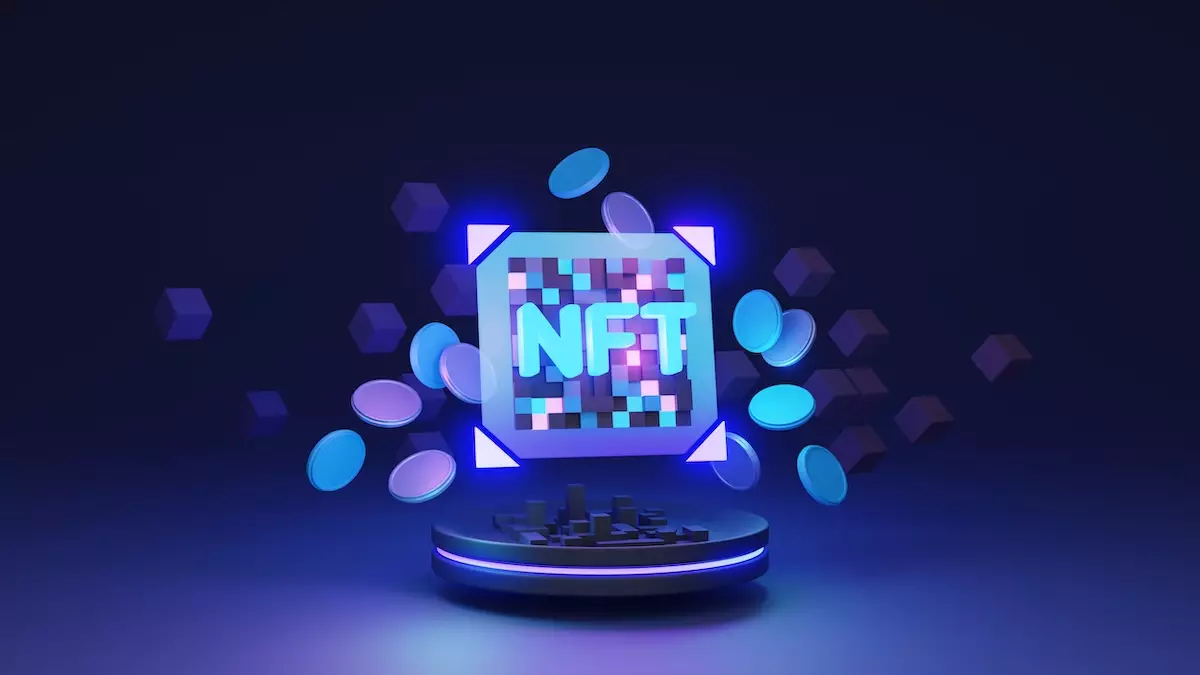Non-fungible tokens (NFTs) have exploded in popularity over recent years, disrupting the traditional notions of art, ownership, and investment. What began as a niche area within the blockchain landscape has evolved into a burgeoning marketplace, offering everything from digital art pieces to virtual real estate and unique collectibles. The financial stakes surrounding NFTs can be staggering; certain tokens have fetched astronomical prices, while others vanish from the limelight unrecalled. This variability evokes a pressing question: in this turbulent environment, can predictive analytics harness artificial intelligence (AI) to forecast the ever-changing valuations of NFTs effectively?
Predictive analytics represents a sophisticated approach to data analysis, merging historical datasets with advanced algorithms to unveil patterns and offer forecasts about future outcomes. When applied to the realm of NFTs, it involves an intricate collection and examination of data points such as historical sales data, online sentiment, and social media engagement. Given the significant investments involved, creators and collectors alike recognize that deciphering valuation patterns is crucial—not only for accurately pricing works of art but also for identifying undervalued assets in an unruly market.
A comprehensive analysis of the NFT market through predictive analytics is reliant on several fundamental components:
– **Data Collection**: Aggregating diverse data sources—including transaction histories, social media sentiment, and on-chain analytics—is essential for robust predictions.
– **Model Selection**: Choosing the appropriate analytical model is critical for making accurate predictions. Various machine learning techniques, such as time series analysis or neural networks, might be employed depending on the specific characteristics of the dataset and the prediction goals.
– **Feature Engineering**: The transformation of raw data into insightful features is pivotal. For instance, an NFT’s rarity could be quantified, or social media sentiment could be categorized to impact its projected value.
– **Correlation vs. Causation**: An understanding of the difference between correlation and causation is vital. For example, a rise in NFT prices following a celebrity endorsement does not necessarily mean that the tweet caused the spike, highlighting the complexities underlying market dynamics.
One of the distinguishing features of NFTs is their intrinsic transparency. Blockchain records allow anyone to scrutinize sales histories, monitor wallet activities, and track transaction timings—all crucial information for analysts seeking to evaluate demand patterns in real time. If a particular collection consistently gains new wallet holders, it signifies potential upward price movements. Additionally, Twitter and Discord serve as critical forums for NFT enthusiasts, where analyzing engagement metrics can unveil burgeoning hype cycles or spotlight projects that boast robust community support. AI-driven sentiment analysis tools can sift through vast amounts of discourse, providing insights into public sentiment surrounding specific NFT projects.
The NFT landscape doesn’t exist in isolation; it’s intimately tied to the broader crypto ecosystem, particularly major cryptocurrencies like Ethereum and Solana. Volatility in gas fees or a shift in overall market sentiment toward cryptocurrencies can ripple through and affect NFT valuations. Classic forecasting methods, such as ARIMA or recurrent neural networks, allow for analyzing pricing patterns over time, yet they might falter in the face of sudden surges caused by viral trends.
Furthermore, modern machine learning techniques like linear regression can be invaluable for making multifaceted price predictions. These methods can incorporate various input features, including trading volumes and social media mentions, to generate comprehensive price forecasts. As the market grows more sophisticated, deep learning algorithms are emerging as powerful tools capable of identifying patterns in extensive datasets that may elude traditional analytics.
Looking ahead, as the NFT market matures, the integration of AI for predictive analytics will likely become more refined. Institutional investors are expected to engage more deeply with NFT analytics, deploying similar strategies as seen in traditional financial markets. Over time, this could result in standardized practices that enhance the reliability of predictive models.
However, it is crucial to recognize the limitations of these analytical tools. The unpredictable nature of viral content, community sentiment, and evolving cultural contexts may defy quantification efforts. To navigate this evolving landscape successfully, a blend of machine-driven insights and human intuition will be essential.
As NFT applications transition from mere speculative endeavors toward practical utilities—such as gaming assets, digital memberships, and more—there will be an increasing reliance on analytics. For creators seeking fair pricing or investors looking for early-stage projects, leveraging AI insights while maintaining an awareness of their limitations will be paramount in this dynamic and exciting domain.
NFTs embody a fascinating intersection of art, technology, and finance, and while predictive analytics holds promise for shaping future trends, it is the human element—the sentiment, creativity, and innovation—that ultimately drive this extraordinary evolution.
















Leave a Reply